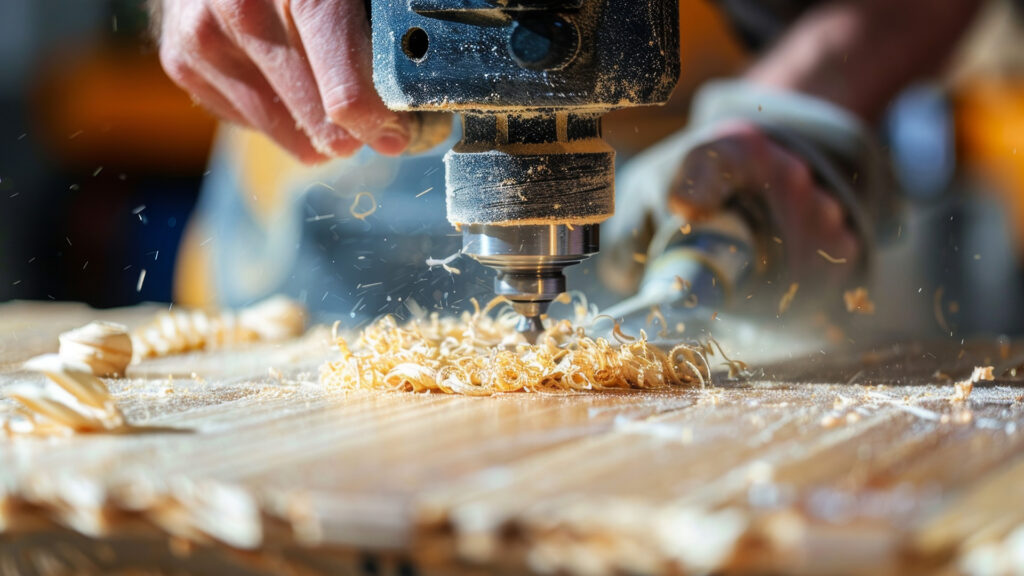Tools are great until they bite. Here’s how to keep your fingers, limbs, and sanity intact.
Hand and power tools are the muscle behind modern industry, but treat them wrong and they’ll turn on you faster than a stripped screw. From cut fingers to full-on catastrophes, misuse is no joke. That’s why OSHA’s rules (and a little common sense) are your best friends. This guide breaks down practical, no-fluff ways to stay safe while getting the job done right.
In general industries, tools are everywhere, which means safety should be too.
Employers need to keep tools in solid shape, and workers need to know how to use them without turning into an accident report. OSHA’s basics? Use tools as intended, inspect them regularly, follow the manual (yes, really), and suit up with PPE.
- Keep floors dry and clean unless you want to star in your own slip-and-fall saga.
- If something looks shady or dangerous, report it. Immediately.
- Compressed air? Keep it under 30 psi, wear PPE, and don’t use it to clean your clothes. You’re not a car.
When it comes to electrical tools, think dry, grounded, and well-lit. It’s not just safer, it’s smarter.
Construction sites are wild enough. Don’t let your tools make it worse.
Loose hammerheads, janky wrench jaws, and cracked wooden handles have no business in your hands. If it’s not safe, bench it. When it comes to power tools, double check your bits, don’t refuel hot engines, and never point nail guns at coworkers unless you’re asking for an HR visit.
Using jacks? Make sure they’re planted, not overloaded, and well-lubed (mechanically speaking).
- Firm and level ground only.
- Stay within capacity, you’re not defying physics.
- Regular lubrication keeps the operation smooth and safe.
In industrial zones, things get intense. Your tools need to be tight, sharp, and taken seriously.
Chainsaws? Wear goggles, gloves, ear gear, and no loose clothing, this isn’t a horror movie. Sharpen blades regularly to avoid surprise kickbacks. For table saws, guard that blade like your life depends on it (because it might). Push sticks are your new best friends, use them instead of your fingers.
- Blade guards stay on. No excuses.
- Adjust blade height to the material, not the moon.
- Stuck wood? Push stick, not hand. You’ve been warned.
Heavy machinery like presses? Follow all guarding mechanisms, stay alert, and skip the shortcuts.
Mistakes happen, but some are just asking for trouble. Here’s what not to do.
- Skipping inspections: If you haven’t checked your tools lately, you’re rolling the dice.
- Improvising: Screwdrivers aren’t chisels, and pliers aren’t hammers.
- Ignoring PPE: It’s not optional. Ever.
- Lazy maintenance: Dull blades and frayed cords are accidents waiting to happen.
Be the person who follows the rules and keeps all their fingers. You’ll thank yourself.
One more thing before you go grab that wrench.
If you’re building a safety-first culture, pairing tool training with proper incident response and communication can take your team’s awareness to the next level. Don’t miss our Hand Safety: Construction Safe Work Practices Training Course for even deeper insight and practical guidance.
Expand your knowledge (and stay out of the ER) with the right training.
Safety isn’t just about staying out of trouble, it’s about working smarter, faster, and better. For a deeper dive into the dos and don’ts of tool safety, check out our Hand and Power Tools: Best Practices Training Course.
References



